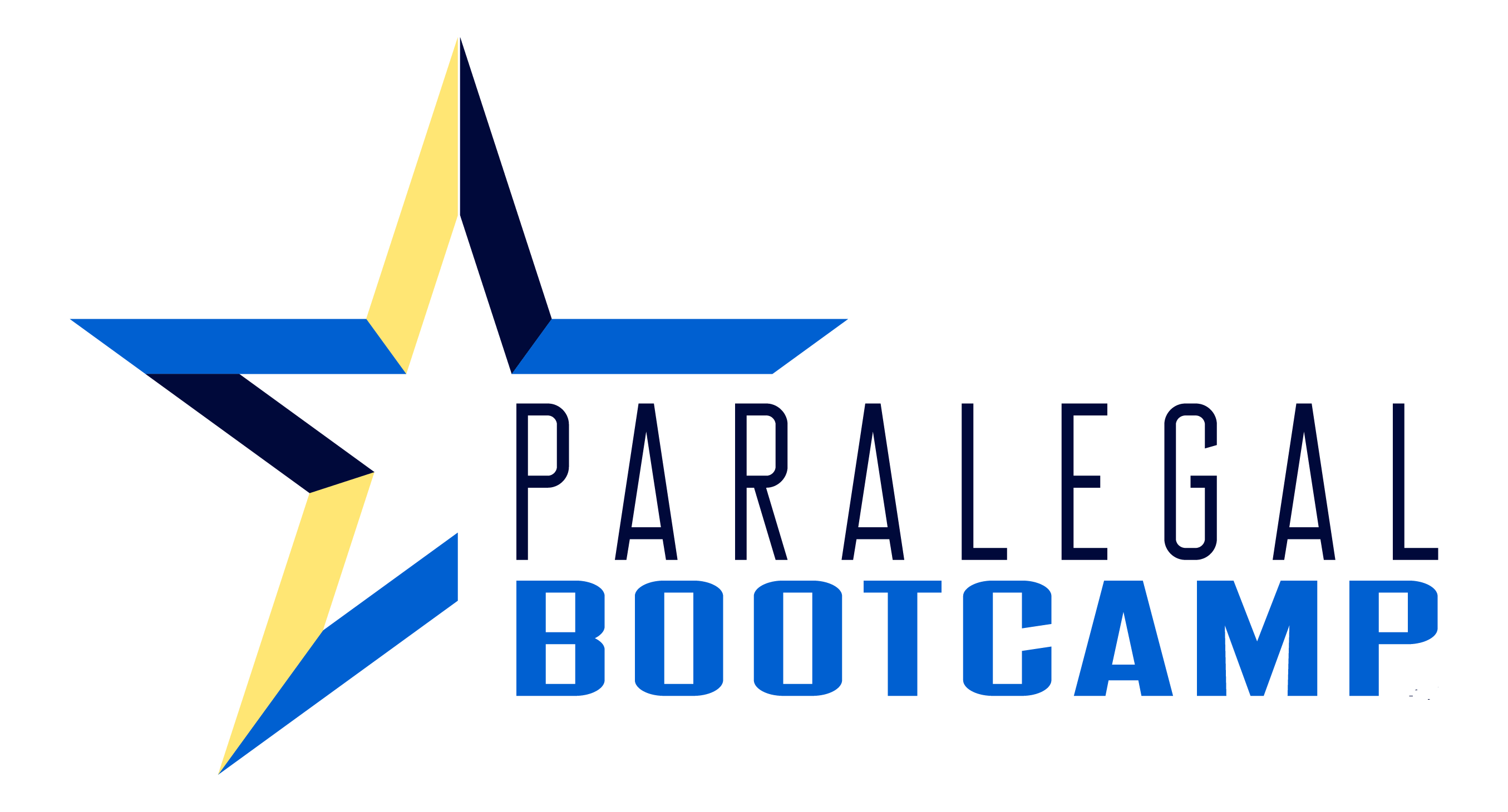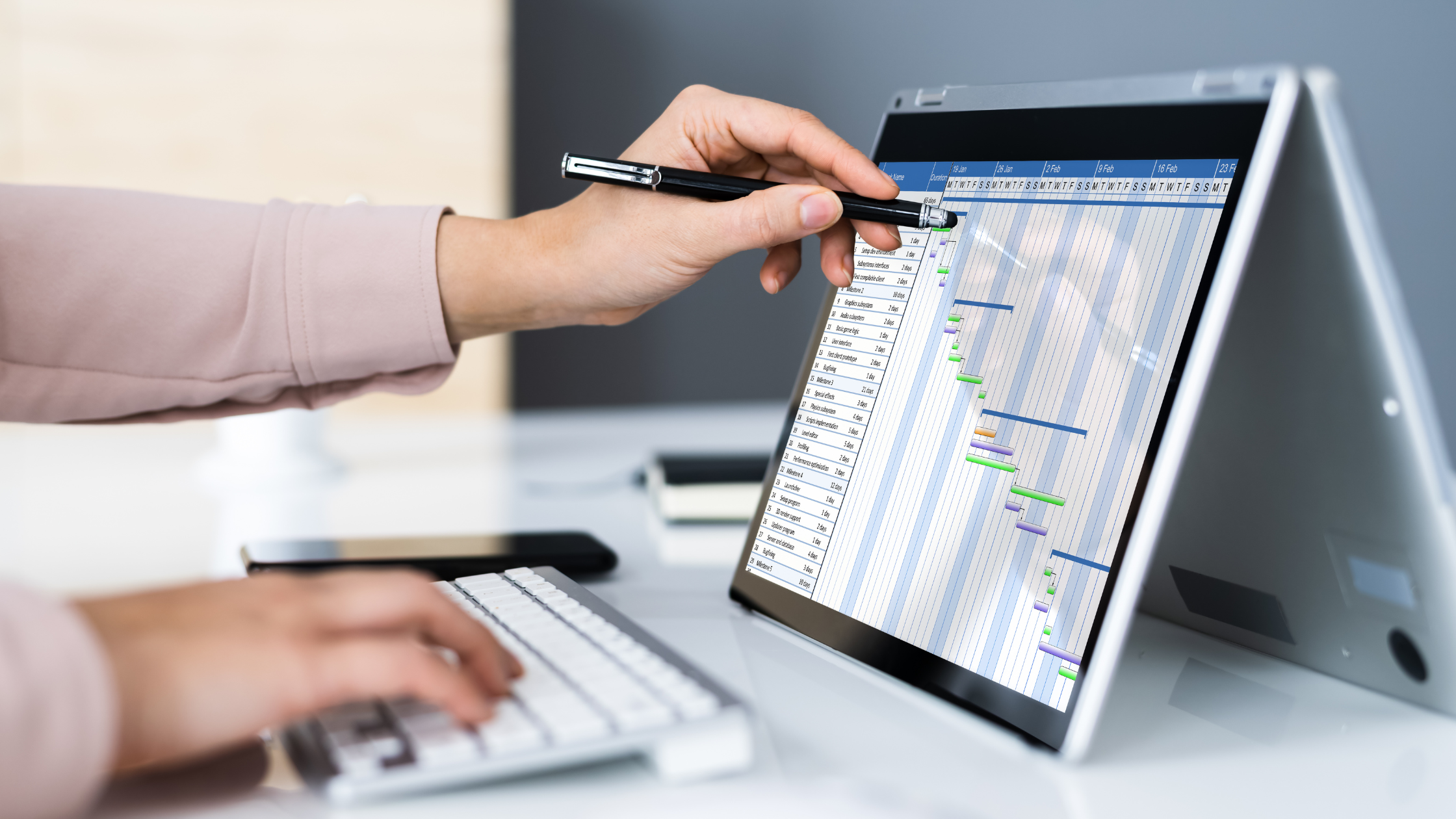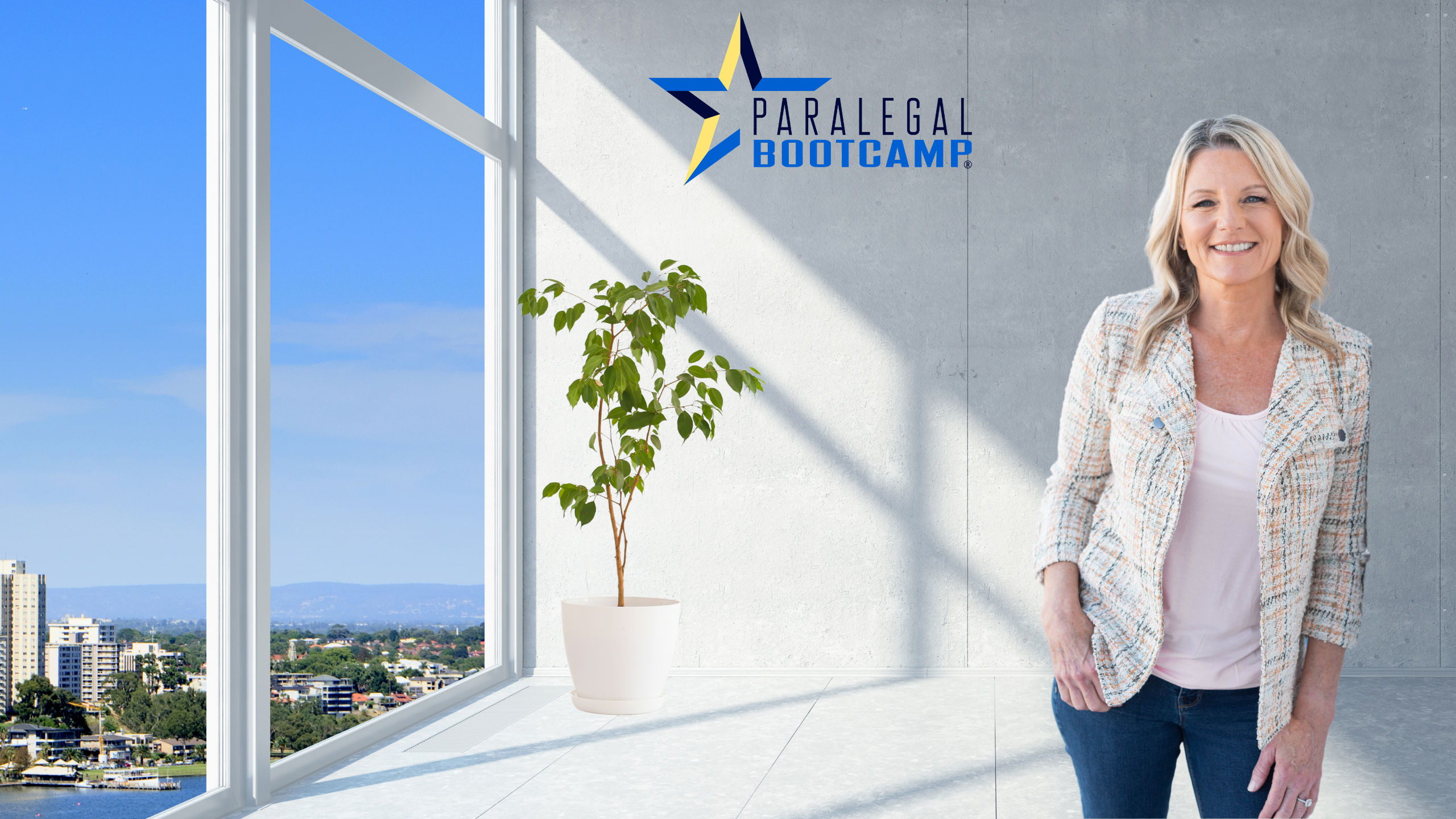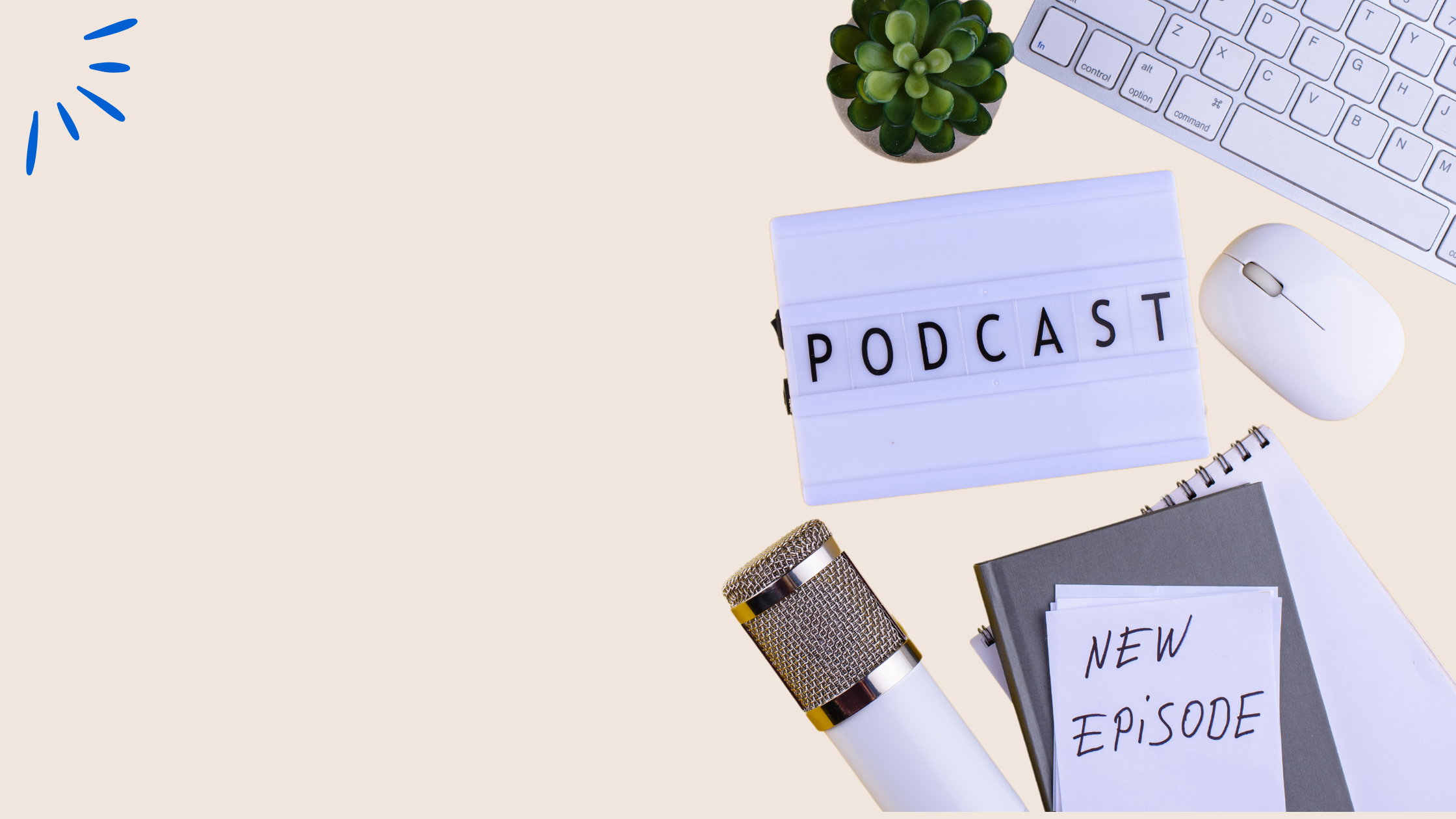It was my first day working at a law firm and I spent it in the filing room. Although I expected to be there, I still found it to be an onerous task. There were massive towers of paper scattered all over the place and only one me. I couldn’t understand why there was so much paper. I sifted through the piles, reading the correspondence and familiarizing myself with the files. I could get most of the paper where it belonged but quickly realized that each day in my paralegal career, even more paper was sure to follow.
Paralegals and legal assistants are often drowning in paper, and it’s usually the last thing on our to-do lists. When I finally transitioned into a full-time paralegal role, I was making SOS signals with all the paper in my office. I had finally understood how our filing room ended up like that and had a newfound respect for paper.

It wasn’t until the pandemic happened that I seriously thought about practicing in a paperless world. I became conflicted with this idea of not using paper. A wise paralegal once told me she believed part of our ethical duties as paralegals was creating and maintaining a paper file. I’ve come to think that is some serious holy paralegal advice. And so, I got to work attempting to perfect the craft, and I learned two things.
First, it won’t ever be perfect, and that’s okay; just do what works best for you.
Second, you can manage a paper file and still be environmentally responsible.
However, it became clear to me that paper itself can be physically overwhelming to look at. You can literally feel the chaos and anxiety that it creates. When I finally moved into my own office, I vowed to never let the paper get out of control (which is sort of like cleaning your car out and then telling your kids they’re never eating it again).
It took years of trying different methods, rearranging my office at least 20 times, and losing important documents before I found what really works well. I’m here to show you a paralegal checklist to master your paper flow. Paper is unavoidable in a day in the life as a paralegal, but it doesn’t have to intimidate you.
Personal Injury Paralegal Boot Camp
As a personal injury paralegal, you have an important role in the pre-litigation phase of your claim files.
But where do you even start when you’re managing 80+ active files?
This online course will give you all the tools to manage that heavy case load. It walks you through every phase of your personal injury claim files, from the case intake through the demand package and more.

These 7 Useful Paralegal Tips Will Help You Keep Your Papers Organized in a Digital Era
1. DIRECTION
A general rule of thumb is that paper should move in one direction once it enters your office. I think this is one of the most important things about mastering the paper flow. You must create a path for your paper correspondence. From start to finish, you want the physical paper trail to flow smoothly. Otherwise, you will quickly find that the paper can get out of control.
2. GETTING A FILE
Paper comes in waves so one of the first things I do when I receive an assigned file is to evaluate the paper already within the file and what is saved electronically. I also try to figure out how much of the file I can do electronically, and as a personal injury paralegal, one of those ways is looking at where clients were treated and what the physician’s policy is for obtaining patient records. I also look at who the automobile insurance carrier is and if they accept documents electronically.
Whether you’re a personal injury paralegal, litigation paralegal, explored other paralegal career options, or are a legal assistant having a process for taking care of every single file that gets handed to you is essential to ensure that nothing is missed and more importantly nothing gets lost. This is especially important in paralegal case management.
3. YOUR INBOX
As soon as paper enters your office, I believe you become responsible for it, no matter what it is. You want to have a clear and obvious spot for incoming papers. Keeping the area free from bulky objects that make it hard to see. I don’t want to be spring cleaning one year and find that narrative report that fell behind the stand. I have a plastic inbox that sits on top of a mesh metal stand near my door. I can clearly see around the inbox area, and it allows for easy (contact-less) drop-off from my legal assistant and my other co-workers.
4. THE ACTUAL PATH
I have designated all the areas where the paper will transition from one phase to the next. First the inbox, then the sorting process, maintaining organization, and eventually a file in storage. This creates one harmonious flow while maintaining a system of checks and balances. You want to know where the paper is at any given moment on its path. Envision where your paper enters your office and where you’d like for it to end up.
If you are a personal injury paralegal, this personal injury case checklist can help you keep track of all the important documents and forms that come through.
5. MAIL TIME
As you’re sorting through the inbox, designate, in piles, what needs to be done sooner rather than later and what can wait to be filed. I know you’re probably thinking, how could I have piles on my desk after a first-day story like that?! I think there should be piles on your desk. These piles contain what I would consider your hot docs. These are piles of correspondence and paperwork that need to be addressed within a week.
I use paperweights to keep it from moving around (into that chaotic mess) and they also really help the piles stand out, so they aren’t sitting there for weeks at a time. Using a few of those bad boys helps keep the paper from scattering about. I can get what I need done and quickly get the paper to where it needs to go. As paralegals, being able to prioritize and systemize are essential paralegal skills to help us stand out.
6. PAPER ORGANIZATION
Paper is stored in several key places on my desk. After I have gone through my inbox, I separate the paper into a metal four-tiered tray that sits to my right within arm’s reach. I am right-handed so when I sort through the paper, I can easily file it in the designated tray. I consider this spot as a holding station for paper. This is an especially important stop for the paper because it’s right next to me and readily available if I need something, but still out of the way.
Paper usually stays at this location for about a week or two. The top tray is for medical records/bills, the second tray is for litigation correspondence, the fourth is for the explanation of benefits, and the last is for everything else.
To keep from overflowing, I transfer the paper from the tray to an alphabetically marked expanding accordion that separates paper correspondence by the client’s last name. This makes filing so much easier, for those of you who do your own filing. It is tucked away in a corner, still on my desk, and again easily accessible if something comes up in the personal injury case.
7. THE END GAME
Once paper reaches the accordion, it is unlikely it will ever be seen or heard from again. The accordion is great because if your files are organized alphabetically also, it seems to flow right where it needs to go in the file. I go through each piece of paper until my inbox, the metal tray, and the accordion are empty. Once it’s all clear, my filing is complete.
It has taken me years to study the trend of paper flow in my paralegal career, but eventually, I’ve learned what to expect and from who. Remember that you can’t control what is mailed to you, but you can control what you mail, print, copy, and more importantly how you utilize things like secure e-mail and programs like Dropbox.
You must find a balance between both the paper file and the electronic file to be a successful paralegal. I spend just as much time in the paper file as I do in the electronic file. Mastering the paper flow means controlling what paper you produce and how it flows through your office. Staying organized as a paralegal and legal assistant is key and with these organization tips and creating a paper flow system that supports the daily life of a paralegal, work becomes much easier!
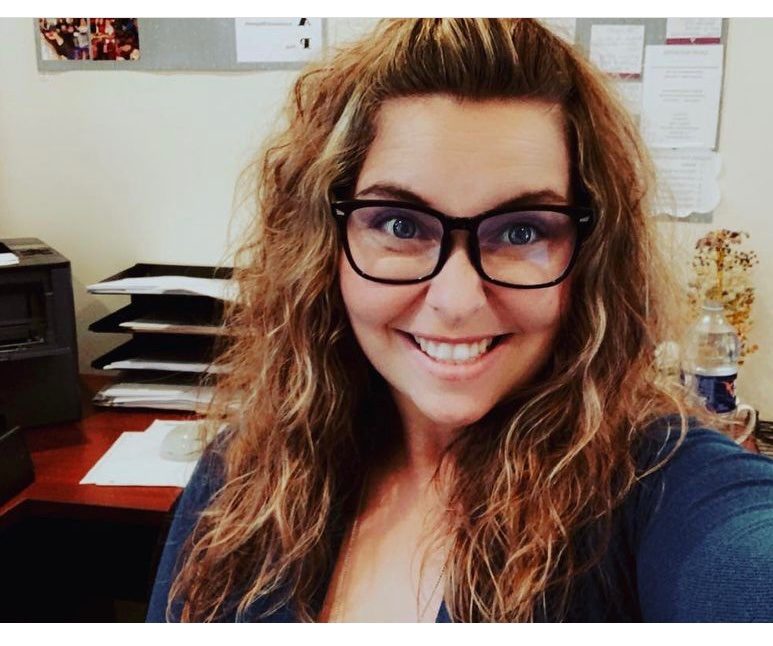
Meet the Author
Hello, my name is Christina West. I am a personal injury paralegal with the law firm, Baird Mandalas Brockstedt, LLC. I started my career with the firm almost six years ago. I have five beautiful children and live in Delaware at the beach. I am also a Delaware Certified Paralegal and the Newsletter Editor for the Delaware Paralegal Association’s newsletter, The Reporter. I love spending time with my family, music, and reading a good book.
